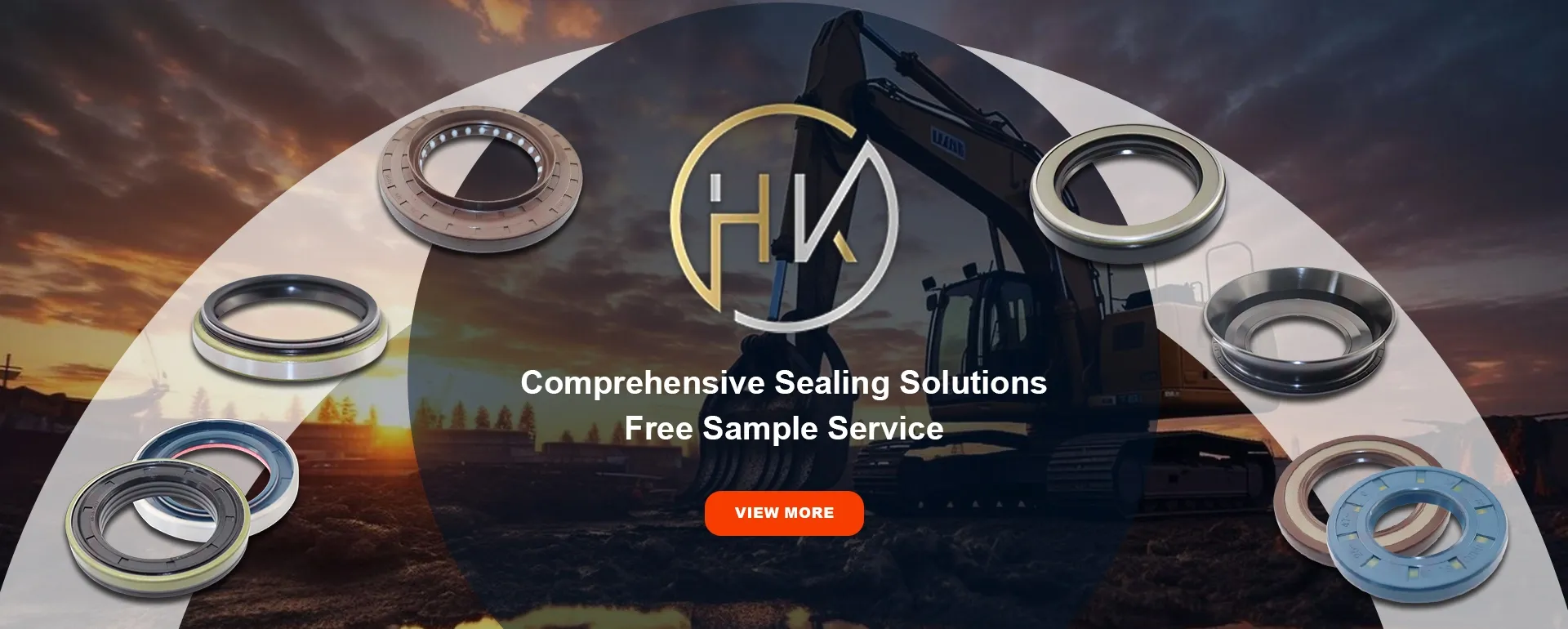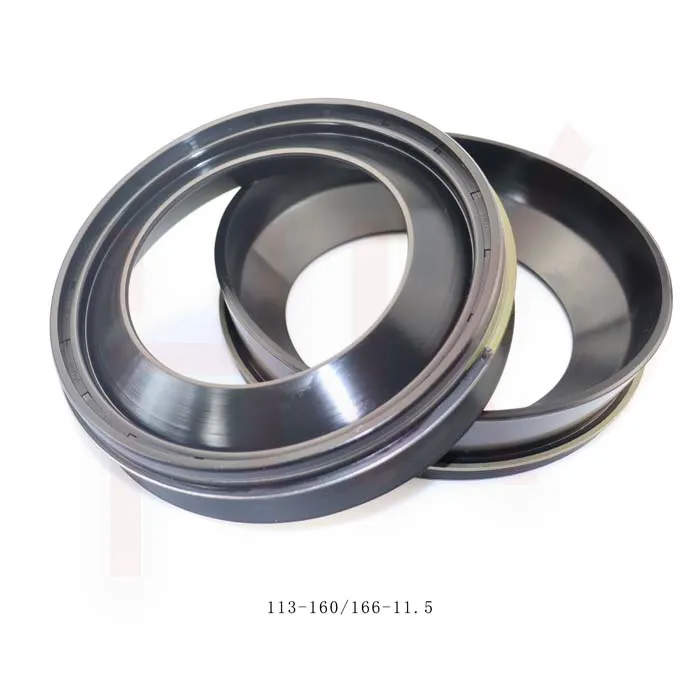Oct . 20, 2024 17:39 Back to list
cylinder wiper
Understanding Cylinder Wipers An Essential Component for Hydraulic Systems
The hydraulic system is a cornerstone of modern machinery, providing the power necessary for various applications, including construction equipment, manufacturing machinery, and automotive systems. Among the pivotal components that ensure the efficiency and longevity of hydraulic systems, cylinder wipers play an indispensable role. These seemingly simple but crucial parts act as a barrier against contaminants and help maintain the integrity of hydraulic cylinders. This article delves into the importance, types, and maintenance of cylinder wipers.
The Role of Cylinder Wipers
Cylinder wipers, often referred to as rod seals or wiper seals, are located at the top of hydraulic cylinders. Their primary function is to remove dirt, dust, and other contaminants from the piston rod as it extends and retracts. By accomplishing this, wipers prevent foreign particles from entering the hydraulic cylinder, which could cause significant damage to the hydraulic fluid, seals, and internal components.
The effectiveness of cylinder wipers directly affects the performance of hydraulic systems. Contamination in hydraulic fluid can lead to wear and tear of components, system failures, and costly downtime. Thus, maintaining clean hydraulic systems is essential for operational efficiency, making cylinder wipers a critical line of defense.
Types of Cylinder Wipers
There is a wide array of cylinder wipers available on the market, each designed for specific applications and environments. The main types include
1. Single Lip Wipers These are the most common type and feature a single lip that faces outward. They are ideal for general applications and are effective in keeping out dirt and moisture.
2. Double Lip Wipers Offering additional protection, double lip wipers have two sealing lips. This design is suitable for more demanding applications where higher levels of contamination resistance are required.
3. Tapered Wipers These wipers have a tapered edge that helps to facilitate the removal of contaminants. They are often used in heavy-duty applications, providing robust performance under extreme conditions.
cylinder wiper

4. U-Cup Wipers Known for their distinctive U-shape, these wipers provide excellent sealing capabilities and are widely used in hydraulic cylinders operating in harsh environments.
The choice of wiper largely depends on the specific conditions of the application, including the size of the cylinder, working pressure, and the potential for contamination.
Maintenance and Replacement
While cylinder wipers are designed for durability, they are not immune to wear and tear. Regular inspection and maintenance are essential to ensure their longevity and effectiveness. Here are some tips for maintaining cylinder wipers
1. Routine Inspections Regularly inspect wipers for signs of damage or deterioration. Look for cracks, tears, or wear, which can compromise their sealing ability.
2. Clean the Rod Before extending or retracting the hydraulic rod, clean it to remove any residual dirt or debris. This step enhances the wiper's performance and prolongs its life.
3. Replace when Necessary If you notice significant wear or damage during inspections, replace the wipers promptly. Most hydraulic systems benefit from periodic wiper replacements to maintain optimal performance.
4. Quality Matters When replacing wipers, always opt for high-quality products that are compatible with your hydraulic system. Using subpar materials can lead to increased downtime and repair costs.
Conclusion
In conclusion, cylinder wipers are a vital component of hydraulic systems, ensuring that they operate smoothly and efficiently. By preventing contamination and maintaining the integrity of hydraulic cylinders, wipers play a crucial role in extending the lifespan of machinery and enhancing productivity. Understanding the various types of cylinder wipers and the necessity of regular maintenance can significantly impact the reliability and performance of your hydraulic systems. Investing time and resources in these small but mighty components is essential for any operation relying on hydraulic technology.
-
Reliable Oil Seal Wheel Hub Solutions for Industrial & Automotive Use
NewsNov.17,2025
-
Durable Front Hub Oil Solutions for Industry – HKAiSeal
NewsNov.17,2025
-
Wholesale Hydraulic Pump Motor Seal Kit A4VSO250 | In Stock
NewsNov.17,2025
-
Pump Seal Kits: Essential Components for Industrial Reliability
NewsNov.17,2025
-
TCV Oil Seal - Double-Lip, Spring-Loaded, High Temp & Wear
NewsNov.17,2025
-
Hydraulic Seal Kits: Reliable Solutions for Industrial Equipment
NewsNov.17,2025
-
Combined oil seal 659214 12001903B, fits 119990, NBR OEM
NewsNov.17,2025
Products categories
















